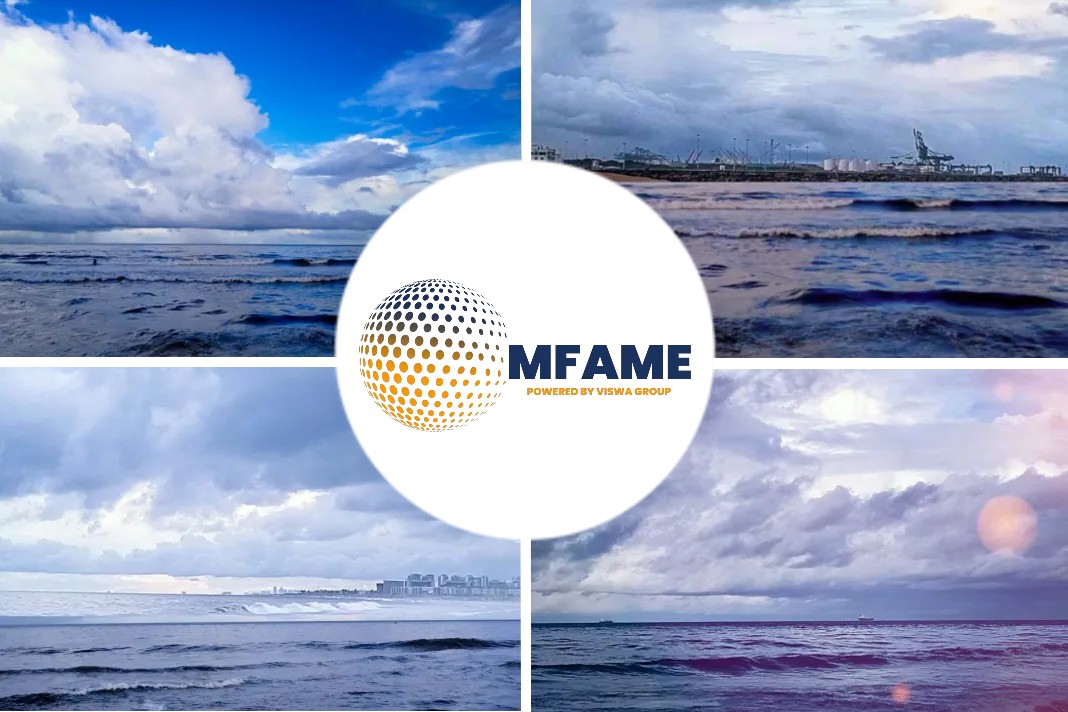According to an article published in Marine Propulsion, channelling vapour from oil cargoes for use in ship engines led to an Emissions Reduction Award for the partners behind an innovative shuttle tanker configuration.
Teekay’s new shuttle tanker design cuts emissions both from the funnel and from the oil cargo.
How is it made possible?
The combined design work of Wärtsilä and Teekay Offshore on Aurora Spirit – the first of a series of innovative hybrid shuttle tankers – secured the Emissions Reduction Award for the two companies. The vessel and its sisters feature gas-burning engines from WinGD and Wärtsilä capable of running on volatile organic compounds (VOC) emitted from the oil cargos, reducing a potent source of emissions. A battery system supplying power to thrusters also makes the vessels unique in their segment.
Emission Capture System
One of the main innovations for the new vessels is the emission capture system. Traditionally, oil vapour in tanks is vented into the atmosphere. This includes substances like methane and ethane, which have a significant warming impact – methane can be up to 80 times more damaging than CO2 emissions. Wärtsilä’s idea was to convert these gases into usable fuel, creating a zero-VOC emission solution.
“By introducing VOC recovery and transforming it into valuable fuel by mixing it with LNG, about 40% of the fuel we use is made on board the vessel”
Zero VOC Emissions Strategy
Huge emission reduction claims from a hitherto unhandled source of pollution won praise for this innovative series. One judge noted that the ability to reduce emissions from cargo as well as from the funnel made the collaboration a worthy nominee. Another praised the imaginative leap linking the methane content in VOC to the existing ability of the engines to burn methane-based LNG.
Wartsila’s Outlook
“We had a good co-operation with Teekay for two years and there are six of these shuttle tankers under construction today,” said Wärtsilä sales director Stein Thorsager, who collected the award with Teekay subsidiary ALP Maritime Services’ chief operating officer Leo Leusink. “By introducing VOC recovery and transforming it into valuable fuel by mixing it with LNG, about 40% of the fuel we use is made on board the vessel.”
Other GHG Emissions Reduction Strategies
Greenhouse gas reduction strategy by IMO: The initial greenhouse gas emissions reduction strategy laid out in April 2018 and developed since then was recognised by judges as an important enabler for industry-wide emissions cutting.
Future of the Fjords by The Fjords: A unique sightseeing vessel that has been recognised as the first carbon-fibre vessel in the world to be fully electric and the first of its kind to offer emission-free transport through Norway’s protected fjords.
Did you subscribe to our daily newsletter?
It’s Free! Click here to Subscribe!
Source: Mpropulsion

















